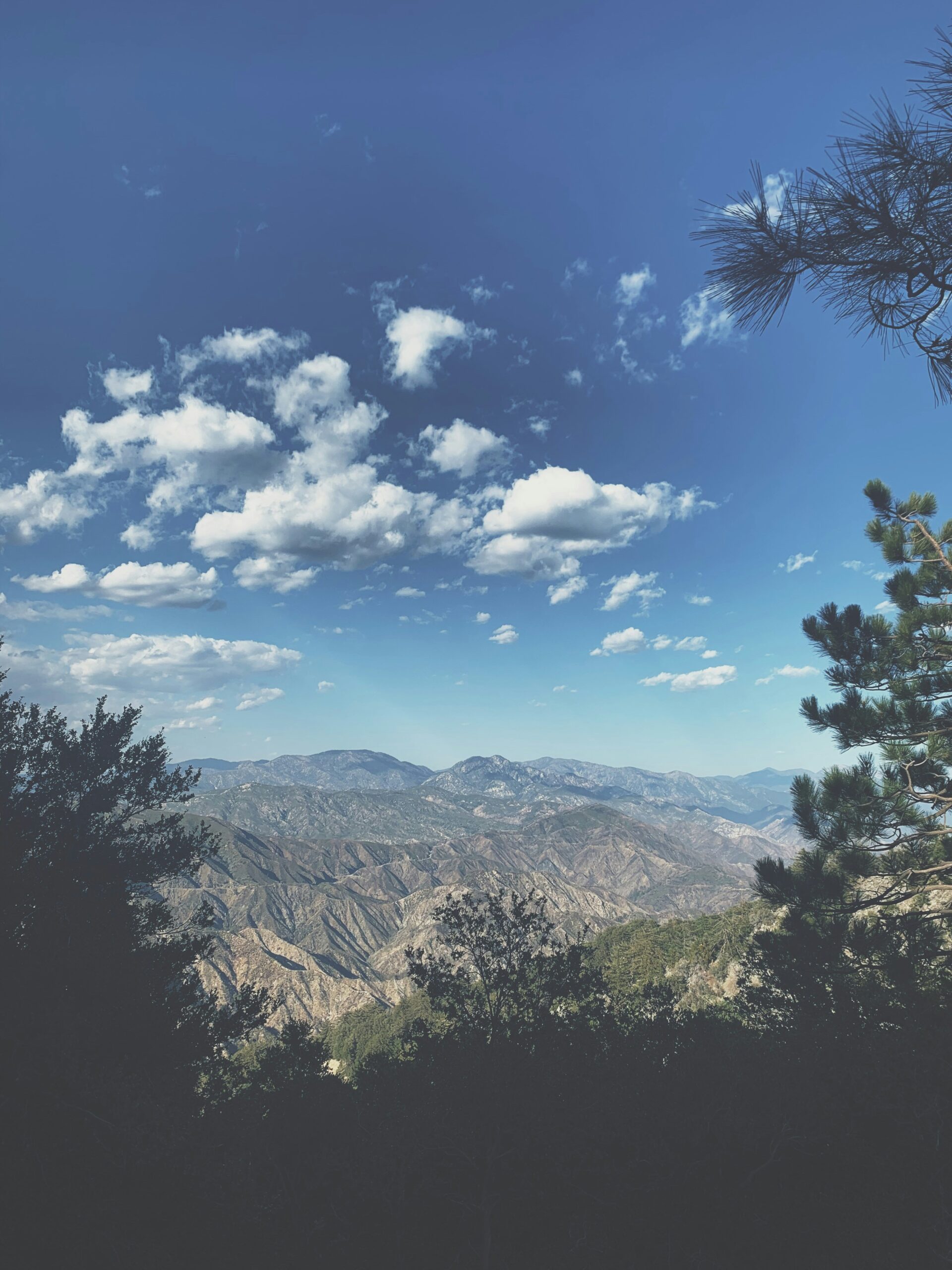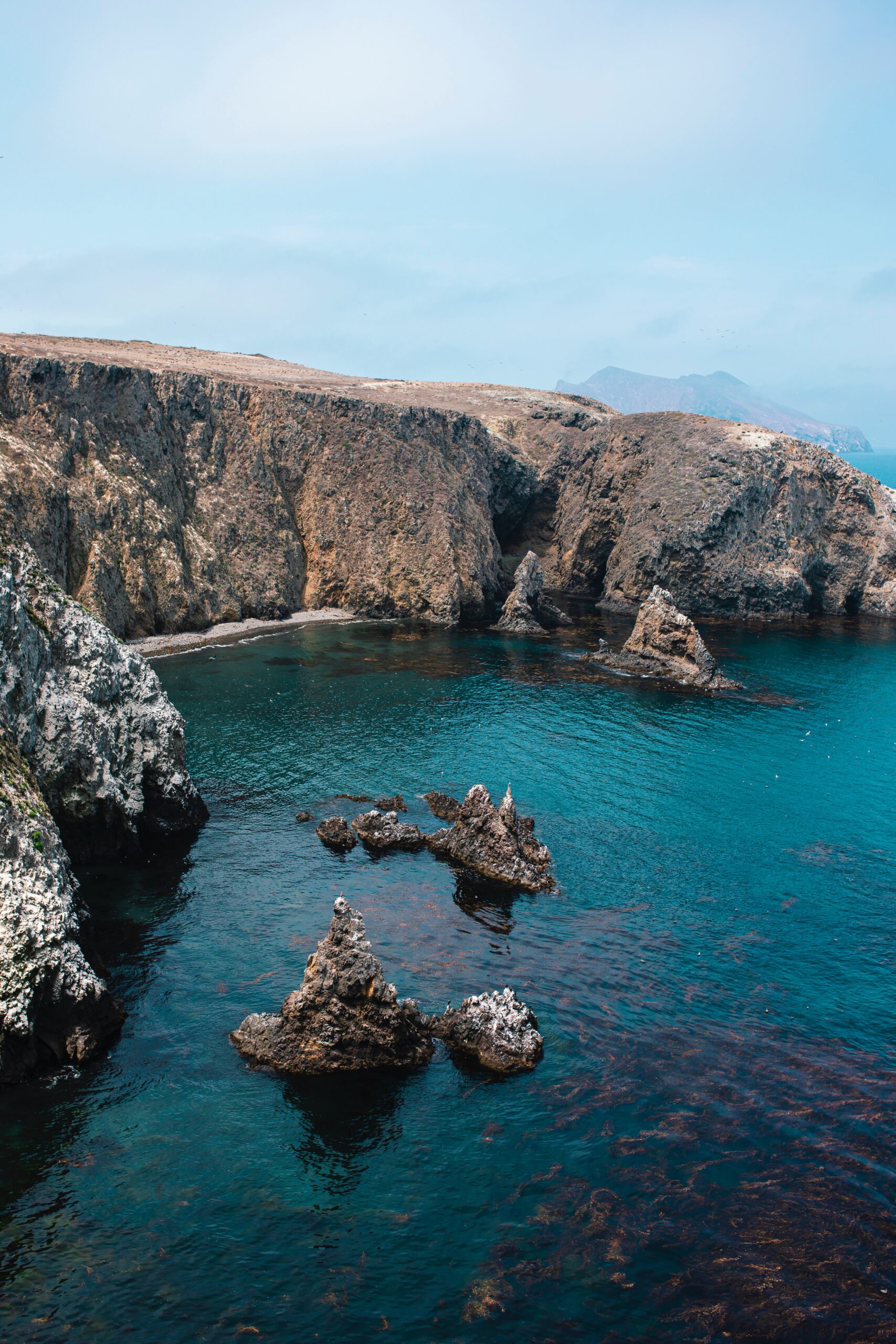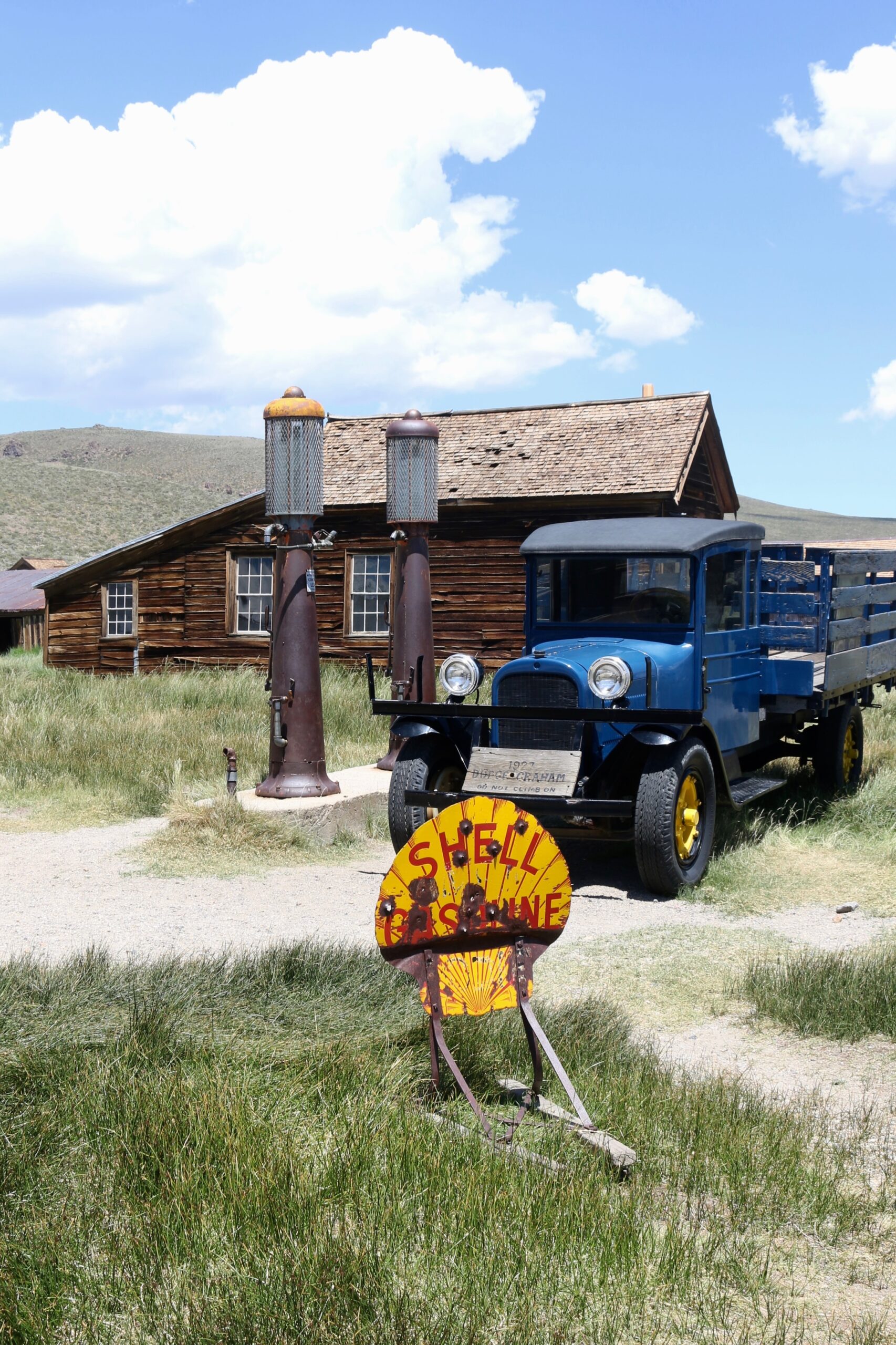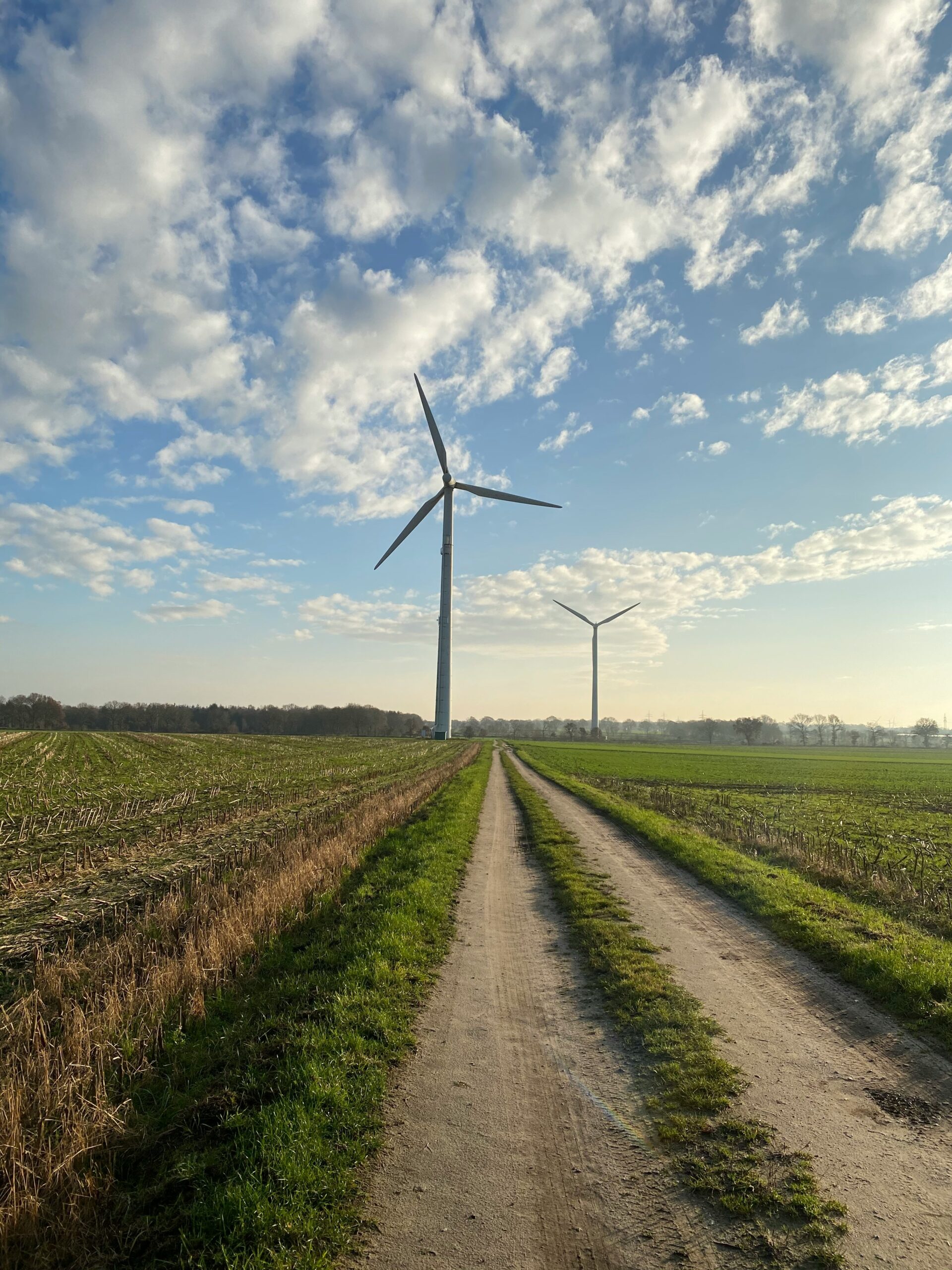San Gabriel Mountains: A Guide to Southern California’s Stunning Peaks
Tucked away in Southern California are the San Gabriel Mountains, a picturesque range that serves as a scenic backdrop to the bustling city of Los Angeles. These mountains boast a high point at Mount San Antonio, commonly known as Mount Baldy, which challenges hikers with elevations reaching over 10,000 feet. Whether you're a seasoned adventurer looking to traverse rugged trails or a nature enthusiast eager to witness the diverse flora and fauna, this natural sanctuary offers an escape into the wild, just a stone's throw from urban life.
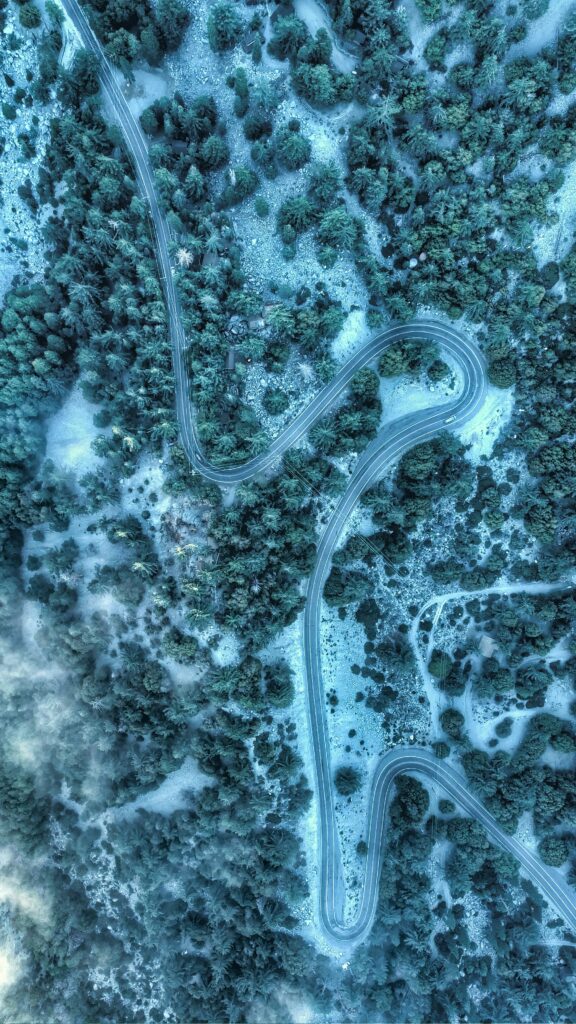
As part of both Los Angeles County and western San Bernardino County, the San Gabriel Mountains are not just for recreation; they also play a critical role in the ecology and water cycle of the region. The range protects numerous watersheds feeding into the vital aquifers below, which many communities rely upon for their water supply. When you visit, you'll find that the area encapsulates a rich tapestry of geological formations, like those at Devil's Punchbowl, and historical sites, including remnants of early 20th-century resorts and railways that speak to its past.
Your time in the San Gabriel Mountains can be as leisurely or as challenging as you choose. Among the tranquil canyons and soothing rivers, you might spot a bighorn sheep or hear the call of a rare bird species, adding to the area's already impressive biodiversity. Whether you're planning a day trip or an extended exploration, the San Gabriel Mountains stand ready to offer you an unforgettable outdoor experience.
San Gabriel Mountains: A Guide to Southern California's Stunning Peaks
Geography and Topography
The San Gabriel Mountains boast an array of natural landmarks, from majestic peaks to the serpentine paths carved by rivers. Your exploration here will reveal the mountain's diverse geography, including notable summits and the key role of waterways in shaping the landscape.
Peaks and Foothills
Among the crowning glories of the San Gabriel Mountains are Mount San Antonio, commonly known as Mount Baldy, which reaches an elevation of about 10,064 feet, making it the highest point in the range. Not far behind is Mount Baden-Powell, standing sentinel at 9,399 feet. On your journey, you may also encounter Telegraph Peak and Cucamonga Peak, both offering breathtaking vistas. The iconic Mount Wilson, which is not only a notable peak but also home to the renowned Mount Wilson Observatory, provides scientific insights along with its natural beauty.
Canyons and Passes
The mountains are dissected by numerous canyons, each with its own unique flora and fauna. These canyons are the result of persistent erosion, often intensified by the presence of seismic activity from the infamous San Andreas Fault. This fault crosses through the mountain range, significantly influencing the topography. Cajon Pass serves as a crucial gateway through the San Gabriel Mountains, providing passage for both Interstate 15 and the San Andreas Fault.
Rivers and Streams
The presence of the San Gabriel River is a testament to the importance of water in these mountains. It carves its way through the terrain, nurturing a diverse ecosystem along its banks. Streams originating from the peaks and springs contribute to the river’s flow, sustaining life in their path. Areas around the rivers are often lush and provide a stark contrast to the more arid mountain slopes.
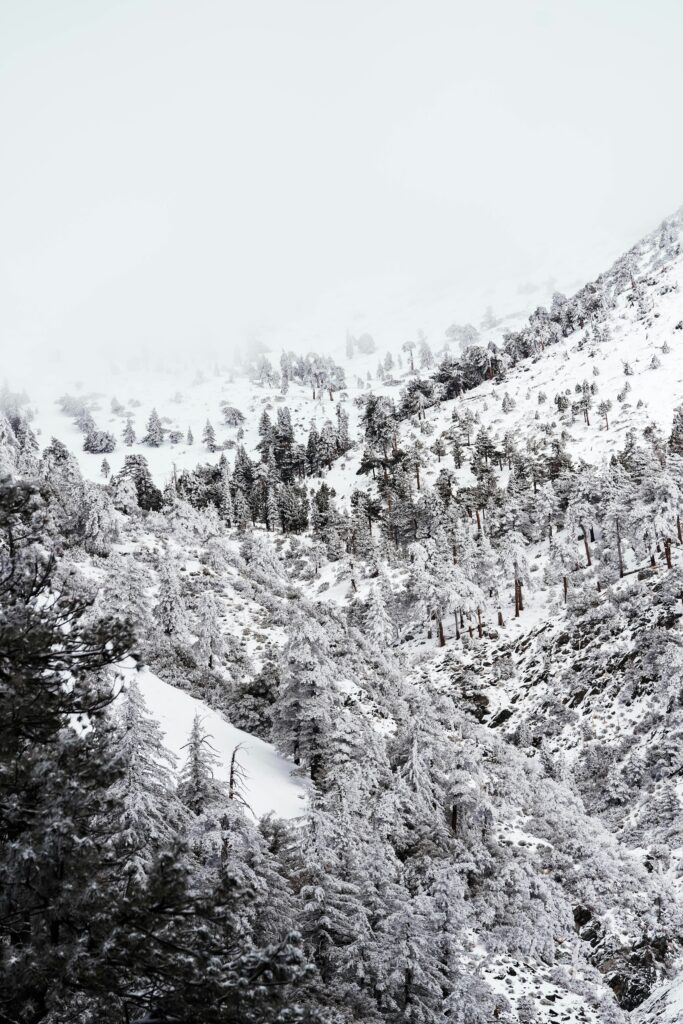
Related Post:
Flora and Fauna
The San Gabriel Mountains are a biodiversity hotspot, teeming with unique plants and animals. You'll discover various habitats supporting rare and endangered species, and ongoing efforts that protect this vital ecosystem.
Habitats
In your exploration of the San Gabriel Mountains, you'll encounter the chaparral, a dense, shrubland habitat known for its ability to withstand dry summers. This biome is essential as it provides the necessary cover and food for a range of wildlife. Additionally, you'll find riparian zones with lush vegetation alongside streams, adding to the diversity of habitats within the mountain range.
Wildlife Conservation
Conservation in the San Gabriel Mountains is critical for the survival of many species you might be fortunate enough to encounter. The California Condor, once on the brink of extinction, soars again thanks to intensive conservation efforts. Similarly, the Bighorn Sheep, with its exceptional agility, relies on these mountains for its continued existence. These mountains are also the vital habitat of the Mountain Yellow-Legged Frog, an endangered species that has become a symbol of the delicate balance ecosystems maintain. These conservation efforts aim not only to protect individual species but also the intricate web of life that sustains the San Gabriel Mountains.
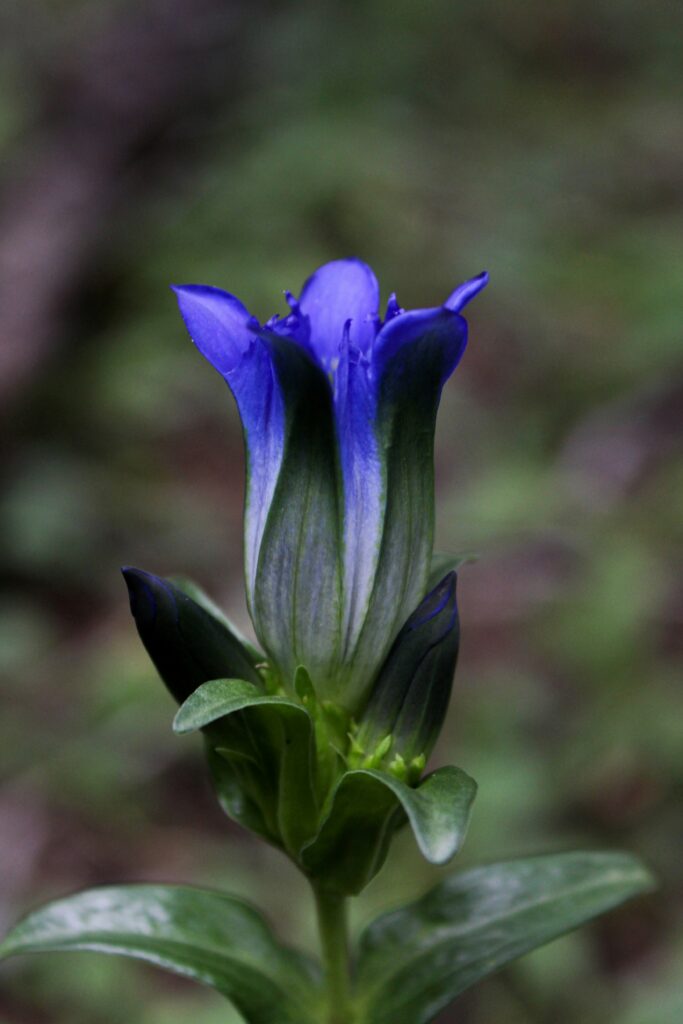
Recreation and Activities
The San Gabriel Mountains offer a diverse range of outdoor activities for enthusiasts of all levels. Whether you’re looking to traverse scenic trails, camp under the stars, enjoy winter sports, or engage in water activities, there's something for everyone to enjoy.
Hiking and Trails
You can explore numerous hiking trails that cater to both casual walkers and seasoned trekkers. The Pacific Crest Trail, spanning over 2,600 miles from Mexico to Canada, winds through the area, offering a challenging and rewarding hike. For a historical route, the Silver Moccasin Trail is a 53-mile path through the heart of the Angeles National Forest, steeped in Native American heritage.
Camping Sites
Camping in the San Gabriel Mountains is a wonderful way to immerse yourself in nature. You can choose from developed campgrounds that provide amenities and the chance to comfortably experience the great outdoors. Ensure to reserve your spot early, especially during peak seasons, to secure your ideal camping site.
Winter Sports
Once the snow falls, the mountains transform into a haven for winter sports. Smaller ski areas, such as Mount Waterman, offer skiing opportunities without the long lines often found at larger resorts. And for those who enjoy snow play without the skis, there are designated areas perfect for building snowmen or sledding.
Water Activities
If you're interested in water-based recreation, the San Gabriel Mountains have plenty to offer. You can go fishing in the streams or take part in more adventurous activities like kayaking when water levels are suitable. Always check local regulations and water conditions before you head out.
Angeles National Forest
Spanning a vast landscape, the Angeles National Forest is your gateway to outdoor adventure and natural beauty. Nestled in the San Gabriel Mountains, it's a haven for those seeking to escape the city's bustle.
Forest Service Management
The U.S. Forest Service diligently manages the Angeles National Forest, ensuring both protection of the ecosystem and accessibility for visitors. You'll find their meticulous care evident across the hiking trails and campgrounds, a balance struck between conservation and recreation. Within this area, the San Gabriel Mountains National Monument stands out, highlighting the significance of these lands and the dedication to preserving their splendor for future generations.
- Contact information for the Forest Service:
- Phone: (626) 335-1251, x221
- TTY: (800) 735-2929
Open Space and Wilderness
Your love for open space will be matched by the expanses of wilderness here. The Angeles National Forest boasts designated wilderness areas like the San Gabriel Wilderness, where untouched nature sprawls over miles, accessible through a network of trails. Hiking these paths, you're enveloped by the serenity of untamed landscapes. Moreover, as part of the National Monument, these wild spaces are meticulously safeguarded, ensuring that your experience is not only enjoyable but also sustainable.
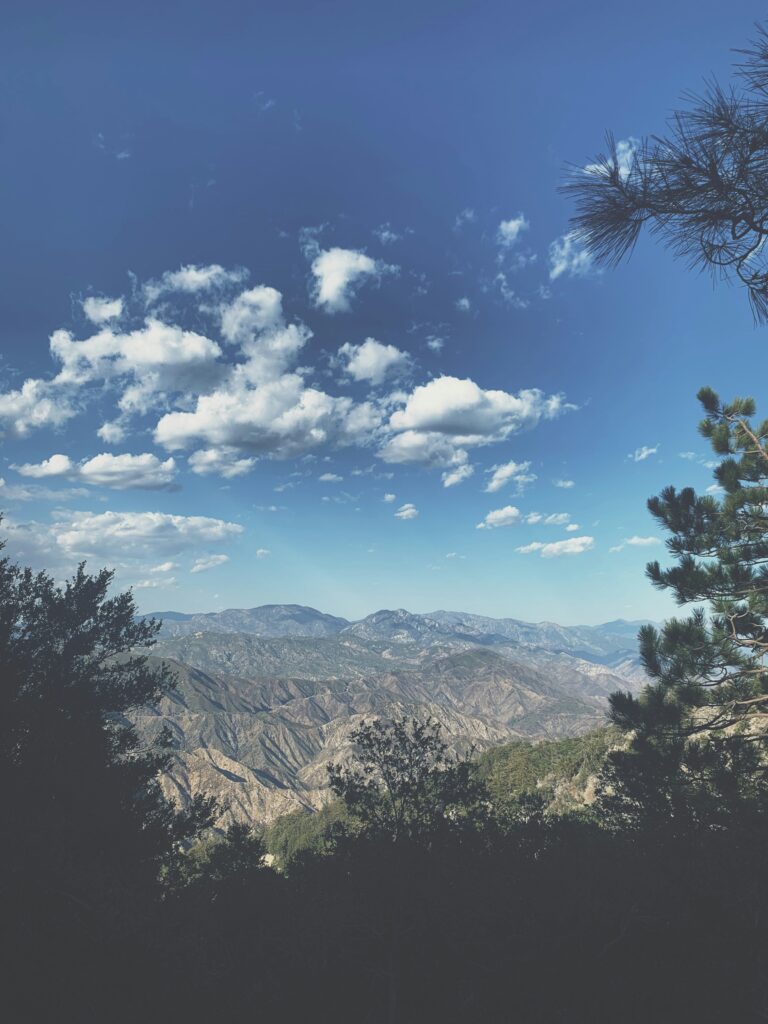
Cultural Heritage
Your journey through the San Gabriel Mountains is not just an adventure through nature, but a walk through a corridor of cultural richness. Here, every trail tells a story, and every vista holds the echo of histories long past.
Historical Sites
In the heart of these mountains lies the legacy of the Mount Lowe Railway, an engineering marvel of the late 19th century. Imagine boarding a trolley car, climbing these peaks, and gazing in wonder at the expansive views that unfolded as the railway ascended the mountain slopes. Although it is no longer operational, the remnants of this railway provide a picturesque glimpse into the early days of Los Angeles' tourism and recreation.
Archaeological Importance
Boldly indexed in history, the San Gabriel Mountains are a testament to the enduring presence of human life, dating back over 8,000 years. You may feel a profound respect when visiting the archeological sites that exhibit the rich heritage of the indigenous people such as the Gabrielino-Tongva. Envision artisans at work, etching life into rock, as demonstrated by the well-preserved Gabrielino pictographs, which continue to capture the imagination of visitors and researchers alike.
Naturalist John Muir held these mountains in high regard, recognizing their significance not only in ecological terms but as a soulful refuge for the weary. Your understanding of the cultural heritage within the San Gabriel Mountains becomes even richer when considering Muir's profound connection to this landscape. His legacy, like the mountains themselves, stands resilient and timeless.
Regional Impact
The San Gabriel Mountains are more than a scenic backdrop; they serve vital roles for neighboring regions. From providing precious water resources to impacting local communities, your understanding of these mountains' regional influence is crucial.
Communities and Cities
The San Gabriel Mountains cast a long shadow over many Los Angeles County communities, contributing to the unique identity of cities like Pasadena, Claremont, Arcadia, San Dimas, and Glendora. In Wrightwood, the mountains offer tourism opportunities that support the local economy, particularly with winter sports. These communities are gateways to outdoor recreation, where hiking trails and mountain vistas offer a retreat from urban life.
- Pasadena and Arcadia boast proximity to these natural treasures, enhancing property values and community well-being.
- Claremont and San Dimas benefit from the mountains through increased tourism and conservation education.
- Glendora and Wrightwood find their small-town charm intertwined with the wilderness next door.
Water Resources
Your tap water in many parts of Los Angeles County might originate from the San Gabriel Mountains. The watersheds here manage the flow of water, replenishing underground aquifers that are critical for drinking water supplies.
- San Dimas and Claremont rely on watershed management for their water security.
- Water from these mountains contributes to the intricate network of aqueducts and reservoirs serving Los Angeles County at large.
- Steady conservation efforts ensure the ongoing purity and availability of water, impacting local water policies.
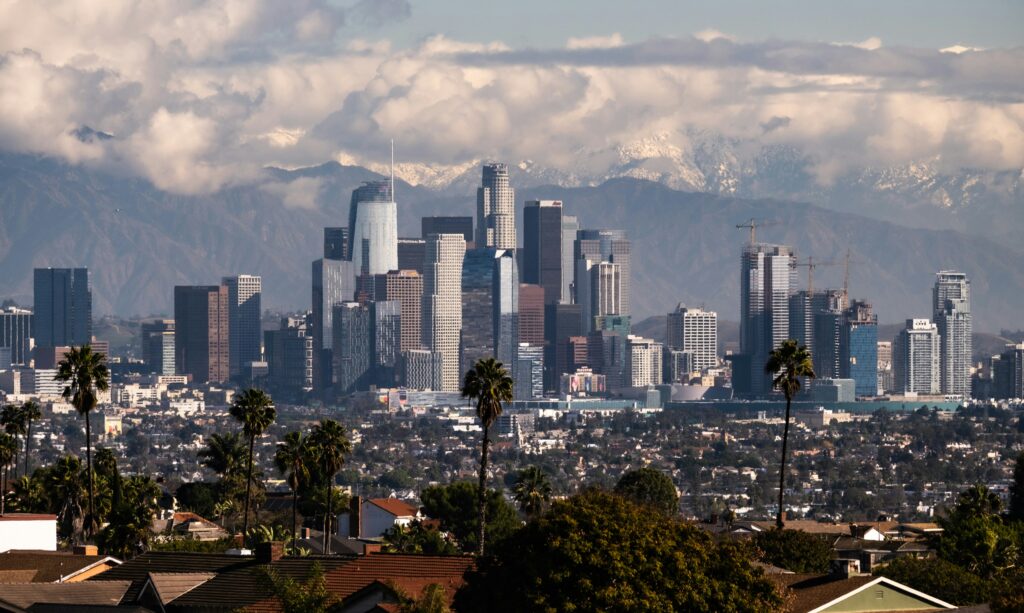
Environmental Concerns
When you explore the San Gabriel Mountains, it's important to be aware of the delicate balance between nature and human impact. Efforts to conserve this valuable Mediterranean ecosystem are ongoing, yet pollution challenges persist despite comprehensive management strategies.
Conservation Efforts
In your visit to the San Gabriel Mountains, you'll see conservation in action. The expansion of the San Gabriel Mountains National Monument by President Obama in 2014 under the Antiquities Act was a historic step in preserving this area. This management action aimed to safeguard the region's biodiversity. Additionally, organizations and local communities are tirelessly working to ensure the preservation of natural habitats and species unique to this Mediterranean ecosystem.
Pollution Challenges
Unfortunately, the San Gabriel Mountains face significant pollution challenges. Trash accumulation in popular areas, particularly along waterways, has increased due to social media exposure (San Gabriel Mountains are getting trashed). Despite the efforts to clean and manage waste, the influx of visitors and the resulting litter present an ongoing battle. As someone who cherishes the outdoors, your vigilance in following Leave No Trace principles can make a difference in maintaining the cleanliness and health of the environment.
Notable Landmarks
Throughout the San Gabriel Mountains, you'll find a variety of landmarks that offer both educational experiences and breathtaking views. Whether you're looking to delve into the wonders of the cosmos or traverse scenic routes, these features are quintessential parts of the mountain range.
Observatories and Museums
Mount Wilson Observatory stands as a testament to astronomical advancements. When you visit, you'll uncover a history of cosmic discovery spanning over a century. This observatory has been instrumental in various astronomical findings and is a must-see for anyone interested in peering into the vast universe.
Transportation Corridors
As you drive along the Angeles Crest Highway, you're met with stunning vistas and access to numerous recreation areas. It's a vital transportation route that showcases the beauty of the high country, and it also serves as a challenging and inviting path for cyclists and motorists alike.
When you pass through Newhall Pass, you're engaging with a crucial transportation gateway linking the Greater Los Angeles area with the rest of California. This pass has historically been significant for both rail and road travel.
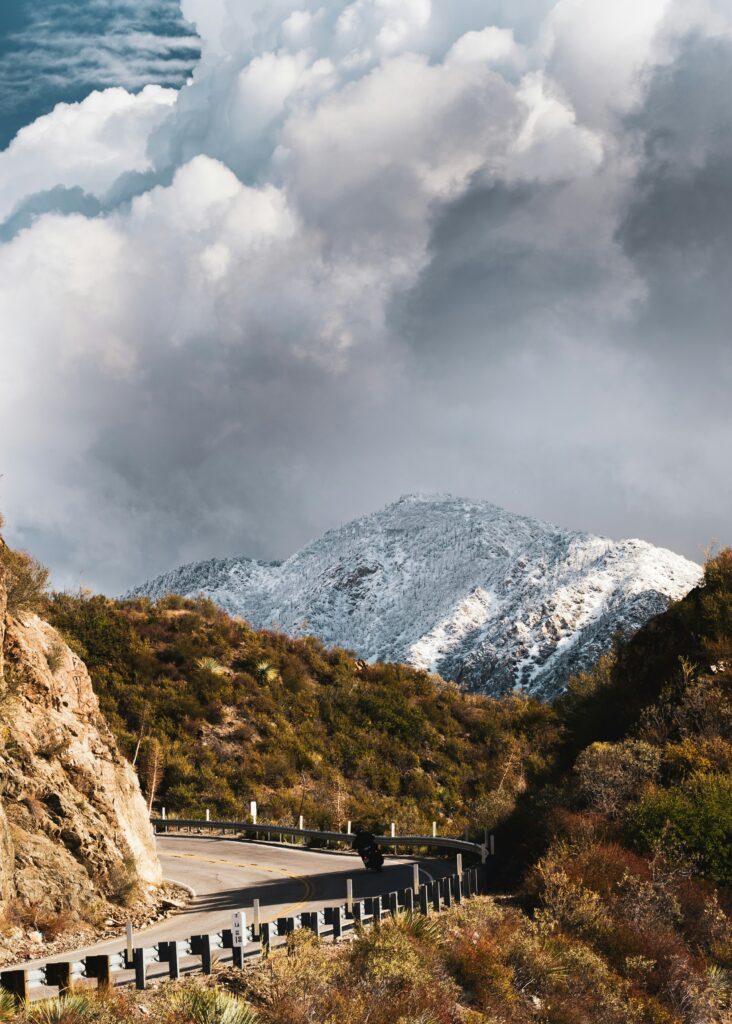
Leisure and Usage
The San Gabriel Mountains offer a wide variety of recreational activities well-suited for outdoor enthusiasts. Whether you’re looking for a serene spot to picnic or a rugged trail for horseback riding and hunting, there's something to cater to your leisure preferences.
Picnicking and Relaxation
In the embrace of nature, you can enjoy peaceful picnicking at various designated areas within the San Gabriel Mountains. Tranquil spaces along the riverbanks or in forested nooks make for perfect spots to lay down your picnic blanket. Remember to leave no trace and keep these beautiful spots pristine for other visitors to enjoy.
Horseback Riding and Hunting
For a more thrilling experience, you might want to explore horseback riding opportunities. Countless trailheads invite you and your horse on an adventure through the mountains, offering both challenging and beginner-friendly paths. If hunting is your sport of choice, there are areas designated for this activity; however, always confirm current regulations and obtain necessary permits for a lawful and ethical hunting experience.
Frequently Asked Questions
In this section, you'll find answers to common questions about exploring and enjoying the San Gabriel Mountains, from hiking and skiing to camping and weather patterns.
What are the best trails for hiking in the San Gabriel Mountains?
You can experience a variety of hikes, with Telegraph Peak being a favorite among many. It's part of the challenging Three T's Trail that starts from Ice House Canyon and offers stunning views.
Can you ski in the San Gabriel Mountains, and if so, where?
Yes, skiing is possible in the San Gabriel Mountains. Resorts like Mountain High and Mt. Baldy offer ski runs and lifts for a range of skill levels, making for a great winter getaway.
Where can I find a detailed map of the San Gabriel Mountains?
A detailed map can be essential for a safe and enjoyable visit. You can obtain one from the US Forest Service website that covers the San Gabriel Mountains National Monument area.
What are some interesting facts about the San Gabriel Mountains?
The San Gabriel Mountains are not only home to the famous 346,177-acre San Gabriel Mountains National Monument, but they also provide a crucial natural barrier against the expansion of Los Angeles.
What are the options for camping in the San Gabriel Mountains?
There are several campgrounds available, ranging from developed sites with amenities to remote, hike-in spots for a more rustic experience. Always check current conditions and regulations before planning your camping trip.
What is the weather typically like in the San Gabriel Mountains?
Weather in the San Gabriel Mountains can vary widely depending on the season and elevation. Summers tend to be warm and dry, while winters can bring snow to the higher elevations, making it ideal for winter sports.

